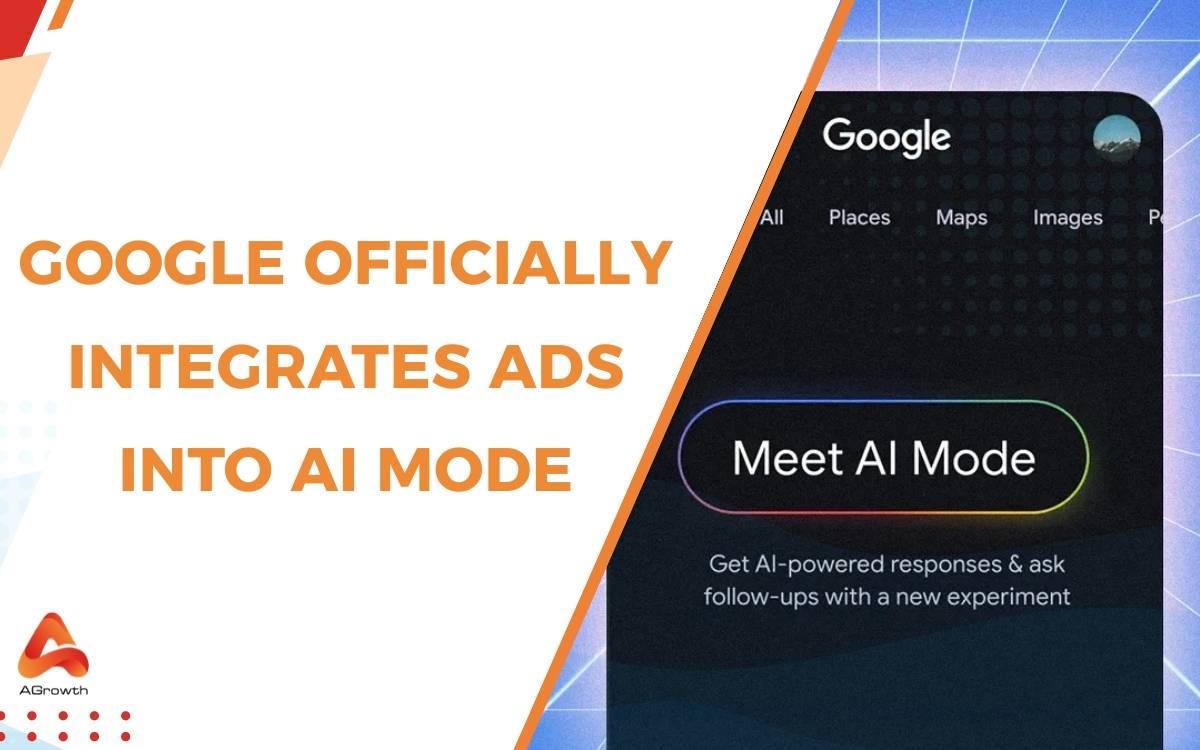
Google Officially Integrates Ads into AI Mode
Google revealed a significant update at its Google Marketing Live 2025 event: the official integration of ads to its AI Mode feature and the extension of AI Overviews ads to desktop users.
AI Mode: The Future of Google Search
Launched in March 2025, AI Mode is Google’s advanced AI-powered search feature that enables users to ask complex, multi-part questions and continue asking follow-ups for deeper insights. Unlike AI Overviews, which provide quick summaries at the top of search results, AI Mode is designed to handle more in-depth, nuanced queries.
According to Dan Taylor, Google’s Vice President of Global Ads, “With AI Mode queries being nearly twice as long as traditional searches, there’s a significant opportunity to introduce advertisers and place them in front of consumers when they’re most open to discovering new things.”

How Ads Work in AI Mode
Google stated that advertisers running Performance Max, Shopping, and Search campaigns with broad match will be eligible to show ads within AI Mode. U.S. users will begin seeing these ads on both desktop and mobile in AI Mode, specifically Search and Shopping ads.
To illustrate, Google shared an example of a user searching for “how to build a website for a small business with limited resources.” In this case, the user might receive “a comprehensive response with step-by-step instructions, tips, and best practices from product selection to audience engagement, all the way from testing to launch.”
We might display a useful advertisement to assist them in getting started since in certain cases, a website builder might be a reasonable next step [in the AI Mode query]”, Google explained in a blog post.
Expanding AI Overviews Ads
Google also announced the expansion of AI Overviews ads. Previously limited to mobile, the company will now begin testing Search and Shopping ads within AI Overviews on desktop for U.S. users.
These Google Ads typically appear below AI-generated responses under a “Sponsored” label and are pulled from existing Search and Shopping campaigns, matching the user’s intent and query format.
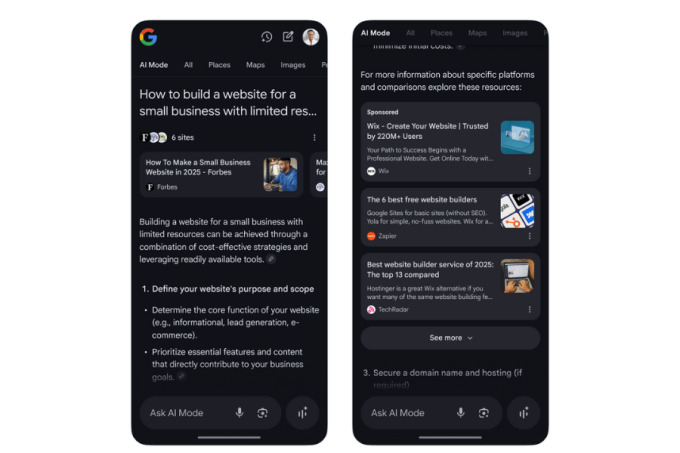
Industry and User Reactions
The move comes as little surprise, given that advertising remains Google’s primary revenue stream with $66.89 billion in ad revenue reported in Q1 2025 alone. However, reactions from users and industry experts have been mixed.
According to a recent survey conducted by the consumer analytics platform CivicScience, 36% of American consumers are leery of AI in advertising and say they are less likely to make a purchase from a company that employs this tactic.
Melissa Mackey, Head of Paid Search at Compound Growth Marketing, noted that AI Overview ads are “compelling” because they can effectively address user queries. However, some experts are concerned that the conversational format of AI Mode may reduce click-through rates, as users might get fully satisfied answers within the interaction itself.
Competitive Landscape
Several of Google’s competitors have experimented or are considering experiments with ads in AI-driven products. Perplexity, an AI search engine, began running advertisements in November and hasn’t ruled out gathering off-platform data for more specialized advertising. Microsoft briefly tested ads in its Copilot chatbot in previous years. OpenAI has also stated that it may one day adopt an ad-supported model to supplement its subscription offerings.
Impact on the Publishing Industry
Some publishers claim that their own ad revenue is at risk due to Google’s actions. Google says it has taken publishers’ concerns into account when designing its AI search experiences and the ad products that support them.
Looking Ahead
All users in the U.S can now access AI Mode, and in the upcoming weeks and months, users in Labs for AI Mode will start to see the new features that were introduced at I/O.
By integrating ads into AI Mode, Google is not only opening new avenues for advertisers but also reshaping how users engage with information and advertising in the AI era. Still, the model’s success will depend on Google’s ability to balance user experience with business needs both its own and those of its advertising partners.


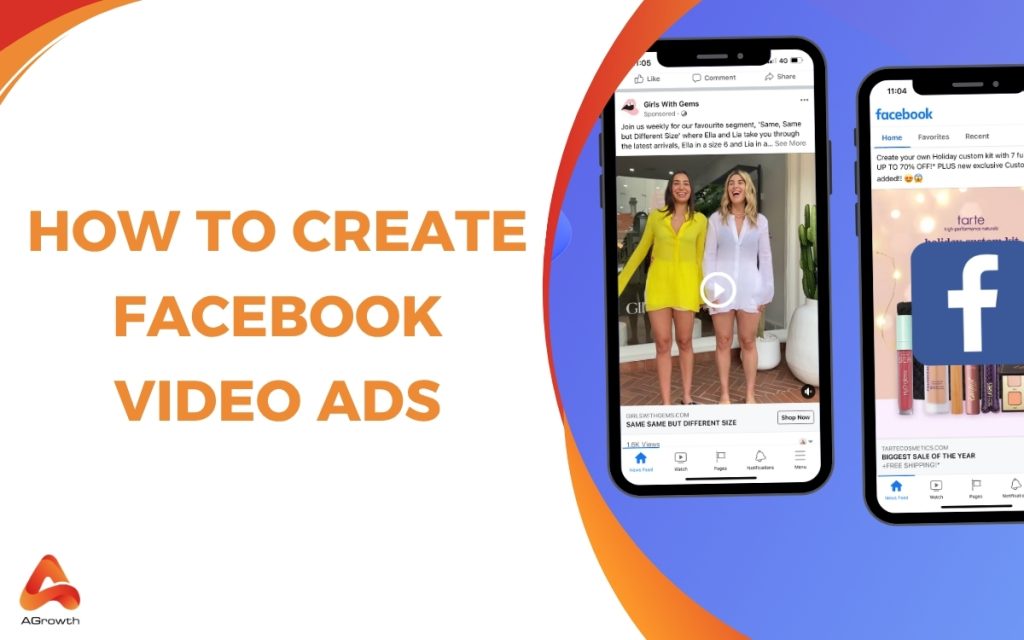
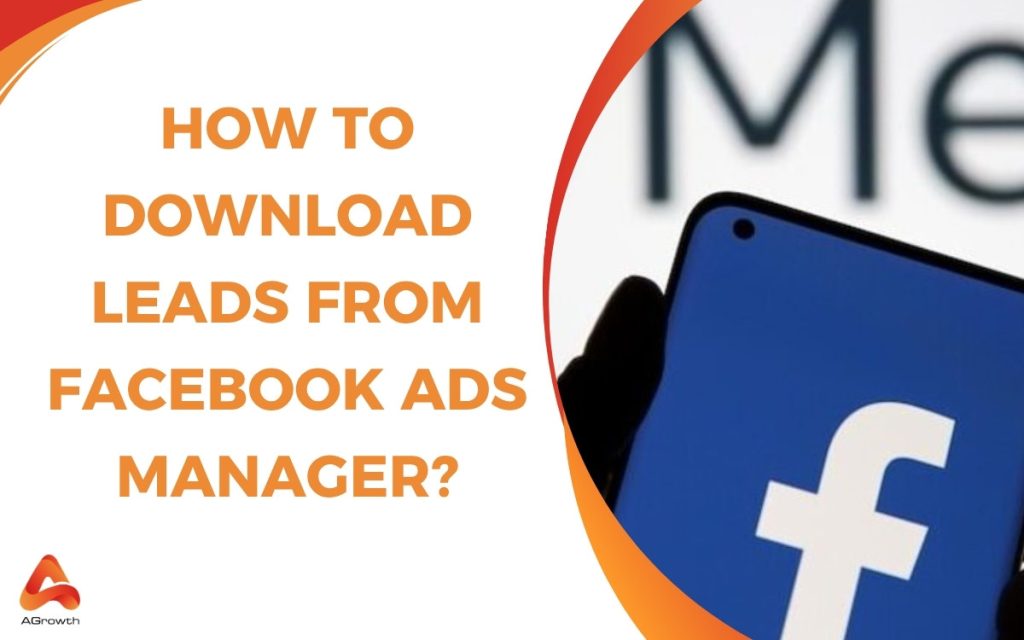
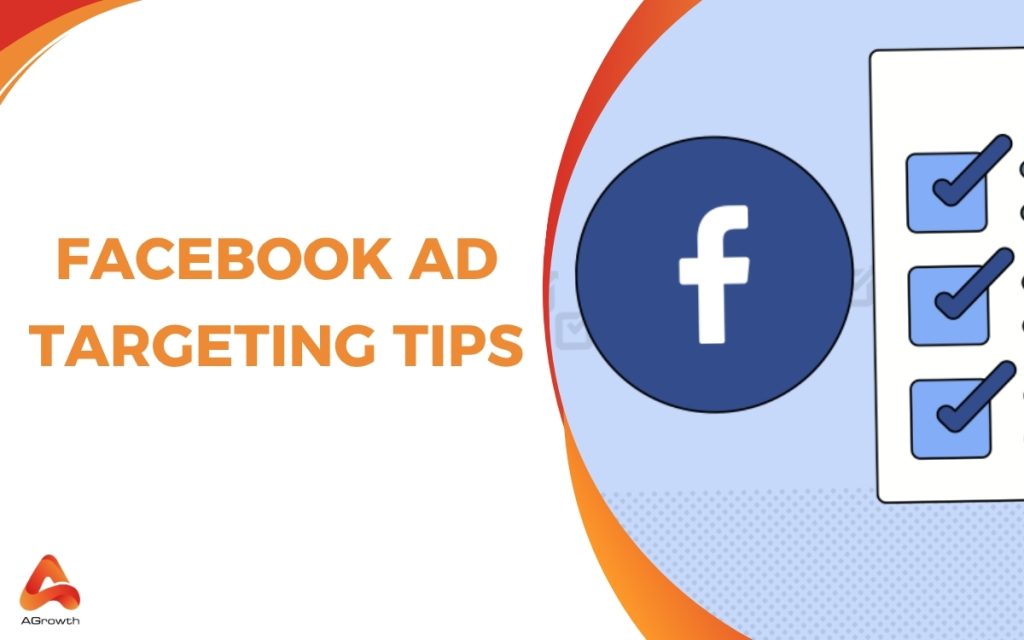
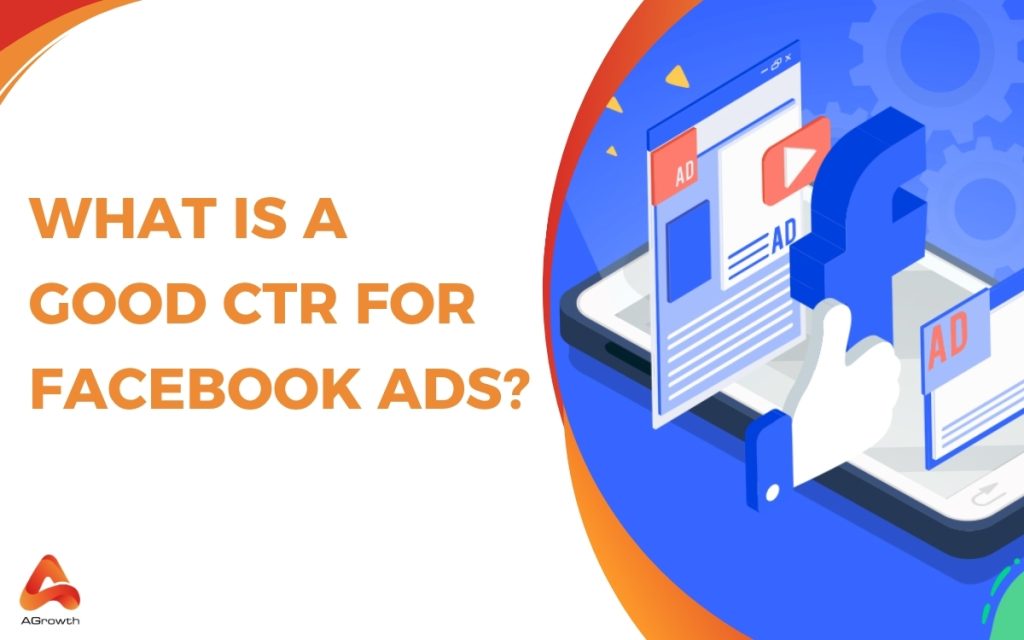
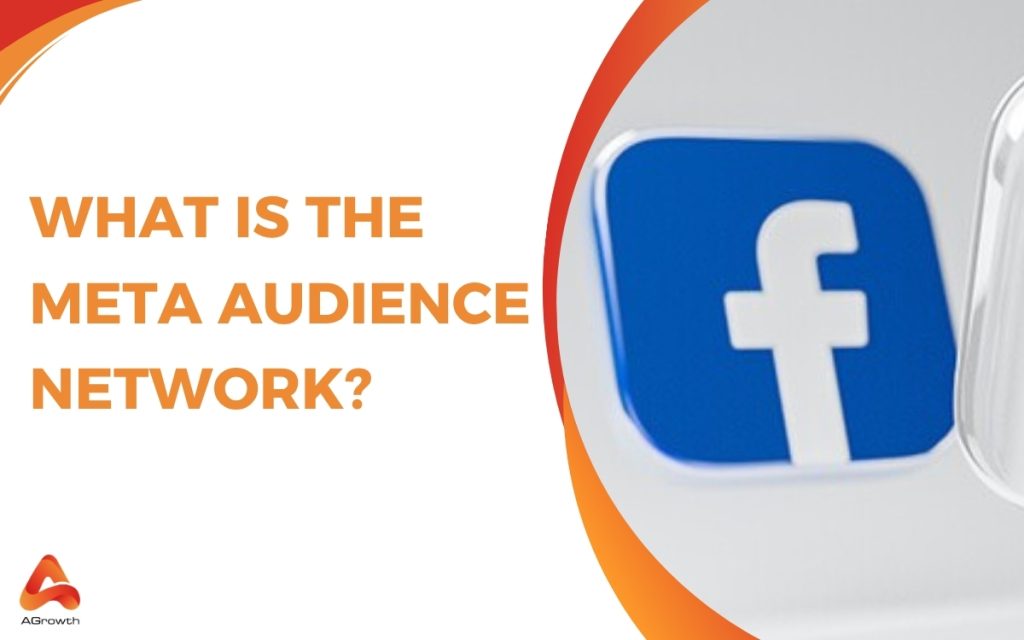






Your comment